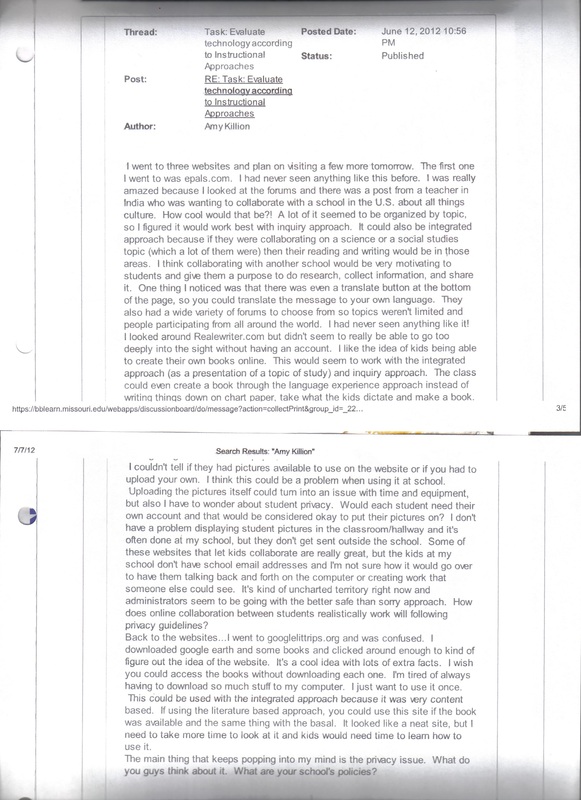

The Association of American Colleges and Universities (AAC&U) has advocated that "ePortfolios allow faculty and other educational professionals to help students organize their learning preserve the variety of forms in which their learning occurs and reflect upon their learning." We have learned that effective student ePortfolios do not arise in a vacuum. The adoption of ePortfolios has been instrumental in students' educational experiences for over 2 decades. We subsequently outline the development and implementation of ePortfolio pedagogy in the BSPH program at UNC Charlotte, including preliminary assessment of outcomes the past 3 years. The pilot program continued for 2 additional years, to promote enduring faculty efforts. During 2014-2015, the Department of Public Health Sciences was one of five campus units supported by UNC General Administration to pilot the use of ePortfolios as a tool to help students integrate learning across the courses that make up the major. During the junior and senior years, BSPH majors complete a core set of required courses including internship 18 credit hours of restricted electives and any minor offered by the university (except public health). We admit approximately 40-45 students each fall to the upper division major, through a competitive admissions process.

The Bachelor of Science in Public Health (BSPH) degree program at the University of North Carolina at Charlotte (UNC Charlotte) was launched in 2007, and was initially accredited by the Council on Education for Public Health in 2009. This study suggests that an electronic portfolio can be used as an assessment tool of the scientific literacy of evolution theory relevant to industrial revolution 4.0. Another finding disclosed was that students showed a positive response to the electronic portfolio creation. The results depicted that the Evolutionary Scientific Literacy skills of students were at the beginner-nominal level (71.4%) and the advanced-multidimensional level (9.5%).

Evolutionary Scientific Literacy by electronic portfolio consists of Scientific Literacy skills namely Nominal, Functional, Conceptual, Multidimensional levels, and electronic portfolios skills namely beginner, intermediate, proficient and advanced level. They were asked to create the electronic portfolio by using any learning artifacts produced during the classroom activities including direct and virtual practicums, reading activities, direct and online discussions, quizzes, and formative examinations. As much as 135 university students majoring in biology education were involved as research participants. Through this bill I’ve learned to cherish every moment and hold onto the ones you love.This study used a sequential exploratory mixed method to examine the effectiveness of using an electronic portfolio to assess the scientific literacy of evolution theory.

I keep this bill to remember her and everything she meant to me throughout my life. This bill is very special to me, especially during COVID, because when I get to see her there are no more hugs or close conversations. Luckily, she is still alive today, but her health is depleting and I rarely get the chance to visit. Every day in kindergarten I would make her a necklace or an ornament just to show how much she meant to me. I’m aware that this bill probably won’t be worth anything more than two dollars in my lifetime, but I carry it around with me wherever I go. Now, I know she always wanted me to have a piece of her. At the time, I thought she wanted me to have it because she expected it to be a rare, sought after bill that would be worth a great deal one day. My grandmother gave me this bill when I was 10 years old and asked me to hold onto it. Despite owning this artifact, its historical significance means little to nothing to me. Obviously no longer printed, this bill can be seen as a rare form of currency. The two dollar bill was made in March 1862 and was continuously used until 1966.


 0 kommentar(er)
0 kommentar(er)
